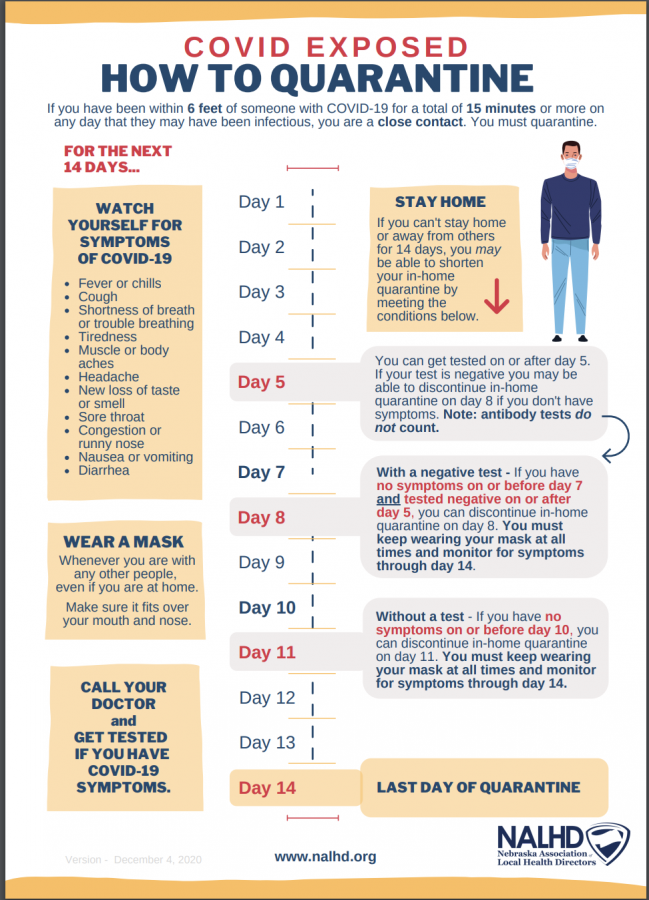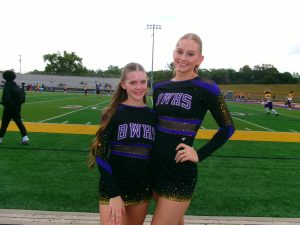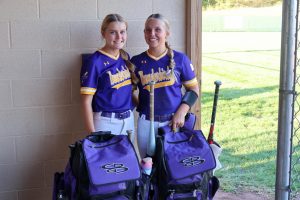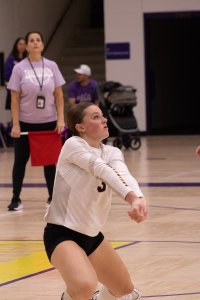BPS Public Health Coordinator clarifies change in COVID-19 protocols
January 28, 2021
In early December the Centers for Disease Control changed its COVID-19 quarantine protocol. Students exposed to the virus now have the opportunity to return to school eight days after their quarantine begins if they test negative and leave their mask on all day.
Previous COVID-19 protocol quarantined high-risk exposure students for two weeks.
Public Health Coordinator Sue Fjelstad said that most high-risk exposures, longer than 15 minutes with no masks, happen during sports or lunch. Fjelstad said they rely on the honesty of the positive individual for contact tracing.
“So if you test positive, we asked you to notify the school,” Fjelstad said. “And we will ask for a test because typically the individual or the parents will find out about the positive before the health department does.”
Fjelstad said she works with the Sarpy/Cass County Health Department to adapt to amendments in CDC guidelines. BPS follows the directive measures of local health departments, which are determined through the governor and other local health officials.
Students who have a documented positive within the last 90 days are not subject to quarantine regardless of exposure risks. Fjelstad said if there is a documented positive it is safe to assume they have enough antibodies to prevent reinfection.
“if you have a documented positive in the past 90 days, you don’t have to quarantine from a high risk exposure if you’re symptom free,” Fjelstad said.
Fjelstad said the change in quarantine guidelines are a result of strains to the work/school life. BPS is now allowing students who are considered to be high-risk with no symptoms to return to school early if they test negative after day five of quarantine. Fjelstad recommends students take polymerase chain reaction tests as they are more accurate.
If it’s negative, and the student stays symptom free, they can return to school on day eight.
Fjelstad said this path is very common for athletes.
“Sports has a different timeline within the state,” Fjelstad said. “And they think because sports you’re busy, you’re moving. You’re in and out in and out of the game. You’re up and down the court.”
Fjelstad acknowledges that this system does not work for students that are uninsured. While TestNebraska offers PCR testing at no cost, families still have to make appointments, and there are no testing sites in Bellevue.
“And you have to look at the differences between families that have insurance,” Fjelstad said. “Can they afford, [and] can they take their family member to go get tested? So even though we have a higher percentage in some buildings, that doesn’t mean that we have more cases there.”
Fjelstad said that the health department does not recognize presumptive positives. For example a student whose family member tested positive, and they themselves never tested but are assumed to be positive as well are still subject to quarantine if someone they interact with tests positive.
Fjelstad said she has a weekly zoom with public health coordinators to talk about how to make our community safer. She said a lot of people were skeptical BPS would remain open past September. She said the most important thing about quarantining is recognizing your symptoms and letting the people you were around know when you aren’t feeling well.






